Entity Choice: Why It Matters for Tax Planning
Your time has come! You and some colleagues have decided to break the employee shackles to start your own company. But before you get too far you must decide – how do you want to be taxed?
What should be your entity choice? We can tell you why it matters.
While it isn’t a fun conversation for you, it sure is for your CPA. It gives us a chance to flex our proverbial muscles and show you the value of our services. In this article, Richard Tullier, CPA discusses some of the key differences in an entity choice between Partnerships and S Corporations.
When deciding between forming a partnership or an S-Corp, the two tax structures have a few things in common:
- Net income or loss is passed to the owners via Schedule K-1
- Distributions from the entities are generally not taxable (subject to basis)
- Basis must be tracked to determine when losses and distributions are taxed
However, as with most things, the entity choice differences are what help you to make the decision.
Regarding ownership: The ownership of the entity may make the entity choice decision for you. Partnerships can be owned by any number of individuals, trusts, or other entities. S Corporations, however, are limited to being owned by US citizens, certain trusts, and other S Corporations (if owned 100%).
Compensation affecting entity type: When it comes to compensation, partnerships by law are not allowed to pay salaries to their partners. S Corporations are required to pay a reasonable salary to their active shareholders. “What is reasonable?” you ask. As my high school English teacher used to say about the length of a paper, “The dog’s legs need to touch the ground.” The IRS never defined what “reasonable” means for a salary, but we can help.
Here’s another difference in entity choice and why it matters to shareholders: Partnership law allows for allocation of income/losses and distributions to vary from capital ownership. S Corporations, however, may only allocate income and distributions based on the ownership percentages. For example, a partnership with $100,000 of income and two owners at 50% can allocate its income however it chooses between those two owners; however, an S Corporation must allocate $50,000 to each owner.
Regarding property distributions: Any distributions of property from a partnership are made with no tax consequence to the partnership, whereas a distribution of property from an S Corporation is treated as a sale of the property at fair market value to the shareholder, and gain is recognized at the entity level. For example, for a property inside an entity with a basis of $20,000 and a fair market value of $100,000 that is distributed to the owners: in a partnership, the property would go to the owners with a basis of $20,000 and there would be no tax consequence; whereas in an S Corporation, it would be as if the property were sold to the owners for $100,000 generating a gain of $80,000 to be reported by the S Corporation and passed through to the owners.
The biggest tax saving opportunity of being an S Corporation is that S Corp income is not subject to self-employment taxes, whereas partnership income is. This can be a huge difference as the amount of income grows naturally over time. Not being subject to self-employment taxes limits the amount of overall taxes paid by the S-Corp shareholders.
As with most things when it comes to taxes and entity type, the best answer depends on your unique facts and circumstances. When deciding between a partnership and an S-Corp, the information above represents some general considerations and does not address all the pitfalls you might encounter.
Give us a call to explain entity choice and why it matters for tax planning: the key differences in an entity choice between Partnerships and S Corporations.
- Entity Choice and Tax Planning - August 29, 2023
- EMPLOYEE RETENTION CREDITS – That offer might not contain the full story - June 5, 2023
- ADVANCED CHILD TAX CREDIT – CLAIM IT OR OPT OUT? - June 28, 2021


